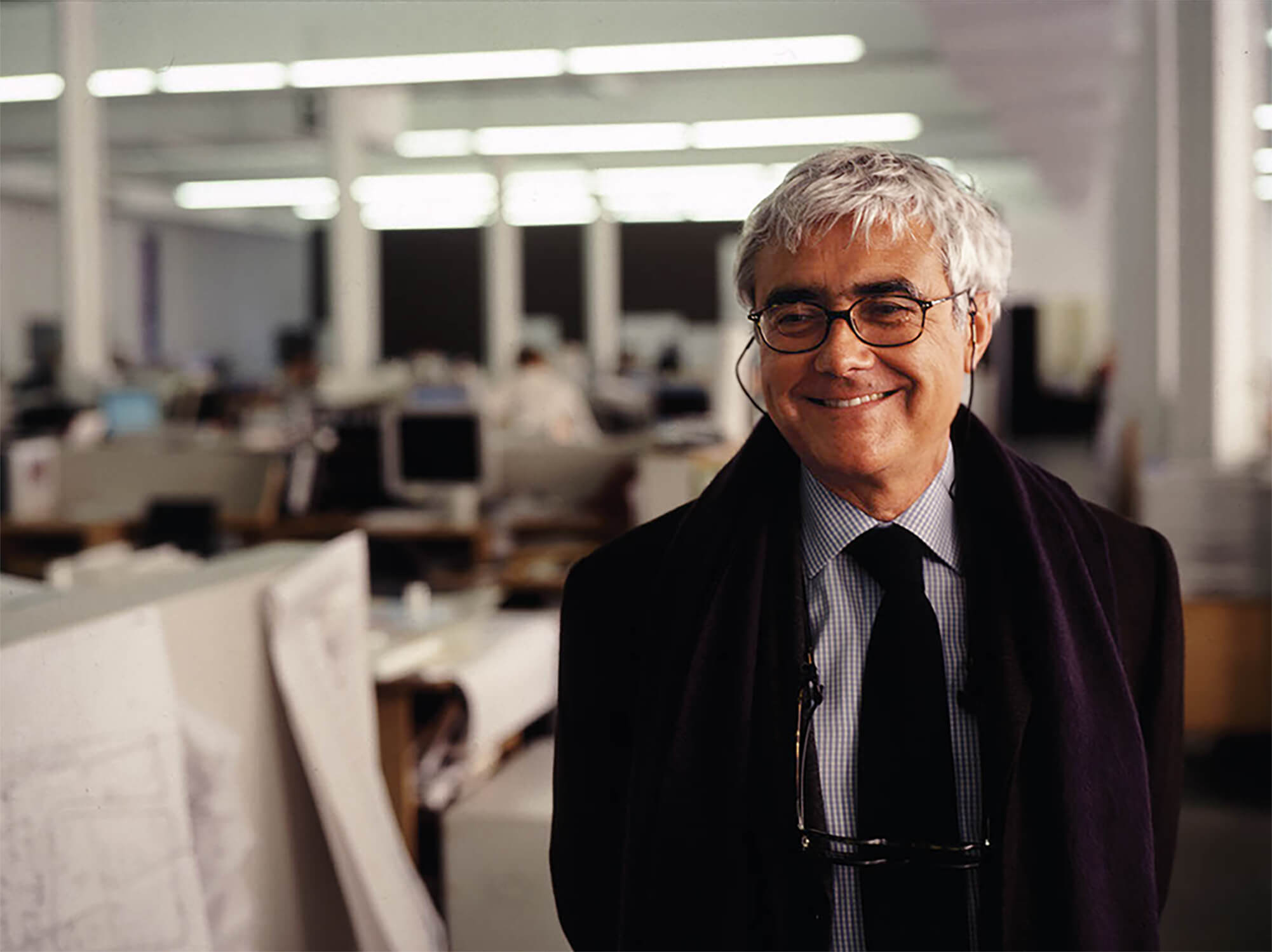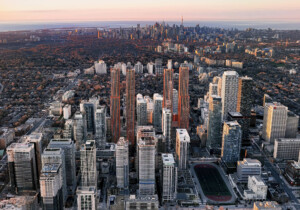Rafael Viñoly completed the Tokyo International Forum in 1996. It became an immediate success and put Viñoly’s name on the global map of architecture. In that same year, I started my undergraduate studies at the School of Architecture at Universidad de la República Uruguay, now known as Facultad de Arquitectura, Diseño y Urbanismo (FADU). As this was obviously at the dawn of the internet, I remember vividly being mesmerized by the first photos I saw of the Forum in numerous architectural publications. Viñoly, who was born in Uruguay in 1944, immediately received the kind of attention normally reserved for our soccer players who emigrated to Europe to play in the English Premier, Spanish, or Italian Leagues.
Relatively speaking, Uruguay is a small country in population and size. The country’s population, about 3.5 million people, is equivalent to 0.04 percent of the total world population, and the nation ranks number 134 on a list of 235 countries by population. For a visionary, talented professional to emerge in 1996 in the global arena from such modest roots verges on myth and impossibility. And it was this outsize impossibility that resonated so profoundly within the professional, academic, and cultural circles of Montevideo.
Fast-forward to 2005. I was a graduate student at Columbia University GSAPP. Viñoly was giving a lecture along with Kenneth Frampton. I unexpectedly bumped into him outside the auditorium after the lecture and had the courage to introduce myself. He invited me to his office the following week to continue the conversation. More than just being hospitable to a fellow Uruguayan and enthusiastic graduate student, his invitation was rooted in a genuine sincerity and interest in conversation and sharing ideas.
I remember arriving early at his office on Vandam Street and waiting in a conference room surrounded by large models of the World Trade Center competition, for which his firm had been a finalist. After a few minutes, Viñoly showed up smiling and wearing one of his numerous pairs of glasses. We discussed the role of the architect in contemporary practice. He stressed the importance of being functional and practical and having a deep understanding of construction methods. Without it, he told me, “architects will not have a seat at the table.”
In 2007 I moved to Boston to work with Machado and Silvetti Associates (now Machado Silvetti). Rodolfo Machado and Jorge Silvetti were classmates with Viñoly at the Facultad de Arquitectura, Diseño y Urbanismo at the University of Buenos Aires. As Latinos from Argentina, they were also paving a path in the U.S. for young Latino architects like me. Our shared connection with Viñoly was an additional, beneficial layer to our rapport, and once again I found myself inspired by the possibilities of stepping beyond cultural background, country of birth, and language, solely based on the work.

I remember walking on a chilly night along Summer Street. Back then, Boston’s Seaport District was not the vibrant commercial and residential community it is today, but a collection of parking lots serving the nearby Financial District. Amid the quiet, dark streets sat the Boston Convention & Exhibition Center, which had recently been completed. I felt that its large, glowing entry canopy was welcoming me at night. Here again was Viñoly’s work in front of me.
I made Boston my home and founded my own architecture firm in 2011. In all humility, my name on the door is not equal in measure to Viñoly’s. But in intention, Viñoly was a bridge and an open door to the fact that in 1983, a person with a clearly different name, with an accent included, could become an architect, an entrepreneur, a businessperson, and a founder of a company in the United States. Once again, for Latino/a career professionals, the seemingly impossible was visible and real. He paved the way for architects coming to the United States from South America, earning major projects and recognition.
Personally, Viñoly’s role and impact in my professional life, in my chosen profession, and the field of architecture at large are deeply meaningful and powerful. When I think of Viñoly’s work and influence, I consider his global reach. In a world not yet fully attuned to diversity and inclusion, he was able to transcend regional limits of heritage, place of birth, language, and culture by presenting projects that were indisputably imperative, distinctive, and relevant. The work came first.
Viñoly’s influence within Uruguay is forever embodied in his design for the Carrasco International Airport in Montevideo. As a metaphor, I think this building can complete the circle of how Uruguayans, Latino/as in general, and the world think of Viñoly. An airport can be a great equalizer, open and welcoming to all. The first steps for an international visitor to Uruguay and the departing steps of Uruguayans heading abroad likely occur within this building. It was a symbolic project for Uruguay, and I suspect it was a meaningful commission for Viñoly. It opens the country to the world through the hands of Uruguay’s global architect.
Amir Kripper is the founding principal of Kripper Studio, a minority-owned architecture firm in Boston.











